The makeover is bold, but the ultra-low ride height and extreme camber might not be for everyone
Tesla vehicles are often celebrated for their clean, minimalist design—but Japanese tuning house T-Demand had something else in mind. Known for transforming Toyotas and Lexuses into wild, track-hugging machines, the shop has now applied its signature aesthetic to the Tesla Model 3 and Model Y, and the results are anything but subtle.
These modified EVs make a bold statement with slammed suspensions, ultra-aggressive camber angles, and premium chassis upgrades that lean heavily into style—though practicality takes a backseat.
Model Y Juniper: Lower, Wider, Meaner
T-Demand’s take on the Model Y begins with a striking visual overhaul. Sitting on 21-inch custom alloys wrapped in 245/35R21 Nitto tires, the electric crossover’s ride height has been dramatically reduced thanks to a bespoke air suspension system. The lowered stance transforms the crossover into something that looks more like a performance sedan than a family EV.
Adding to the drama is the extreme 5.5 degrees of negative camber at both the front and rear, giving the Model Y a wide, aggressive footprint. A performance brake upgrade featuring 380 mm rotors and six-piston calipers adds stopping power—and serious visual impact behind the wheels.
Model 3 Highland: Even More Extreme
If the Model Y’s transformation isn’t enough, T-Demand pushes the envelope even further with the Model 3 Highland. Riding on 20-inch alloys paired with stretched 255/30R20 tires, the Model 3 features an eye-popping camber setup: 8 degrees negative up front, 9 degrees at the rear.
This version includes T-Demand’s ProArm suspension arms and a three-stage height-adjustable ProDamper Airsus system. In its lowest setting, the Model 3’s underbody is practically kissing the pavement—perfect for Japan’s smooth roads, but a nightmare for curbs, speed bumps, or potholes.

Form Over Function?
Both builds were created by Man’z Factory and based on rear-wheel-drive variants with single-motor drivetrains. Aside from the dramatic suspension and brake upgrades, the Teslas retain their original body panels and paint, maintaining a clean, stock-like exterior—if you can ignore the eye-catching ride height.
But make no mistake: these modifications are more about turning heads than setting lap times. The focus here is pure style.
What’s the Damage?
- Going this low doesn’t come cheap. Here’s a rough breakdown of the cost:
- Air suspension system (with pressure management): ¥780,000 (~$5,400)
- Full ProArm suspension setup: ¥1,204,500 (~$8,400)
- Performance brake kit: ¥1,280,400 (~$8,900) That’s before adding wheels, tires, installation, or taxes. U.S. enthusiasts hoping to import this style might need to wait—T-Demand’s U.S. branch hasn’t yet confirmed pricing or availability.
Final Thoughts
While this kind of aggressive stance certainly isn’t for everyone, it will no doubt attract attention wherever it goes. These customized Teslas blend electric innovation with street style flair in a way that few dare to try. Just don’t expect to take them off-road—or even over a speed bump.
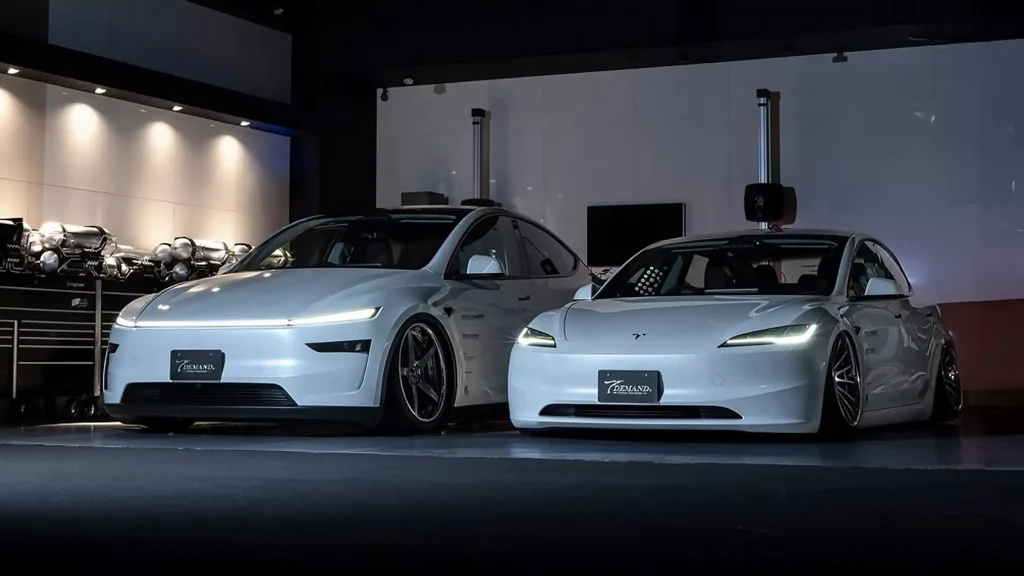

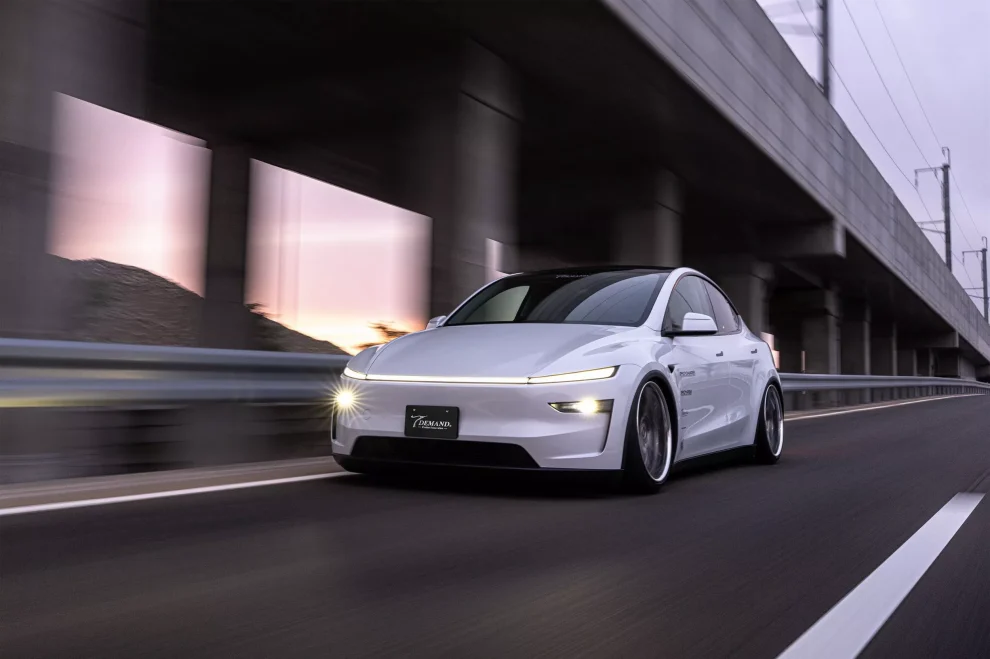

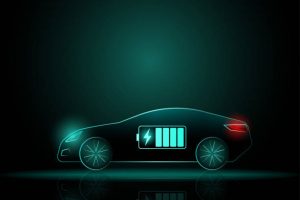
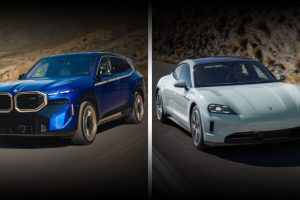
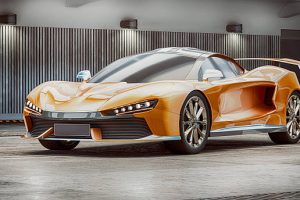






Add Comment